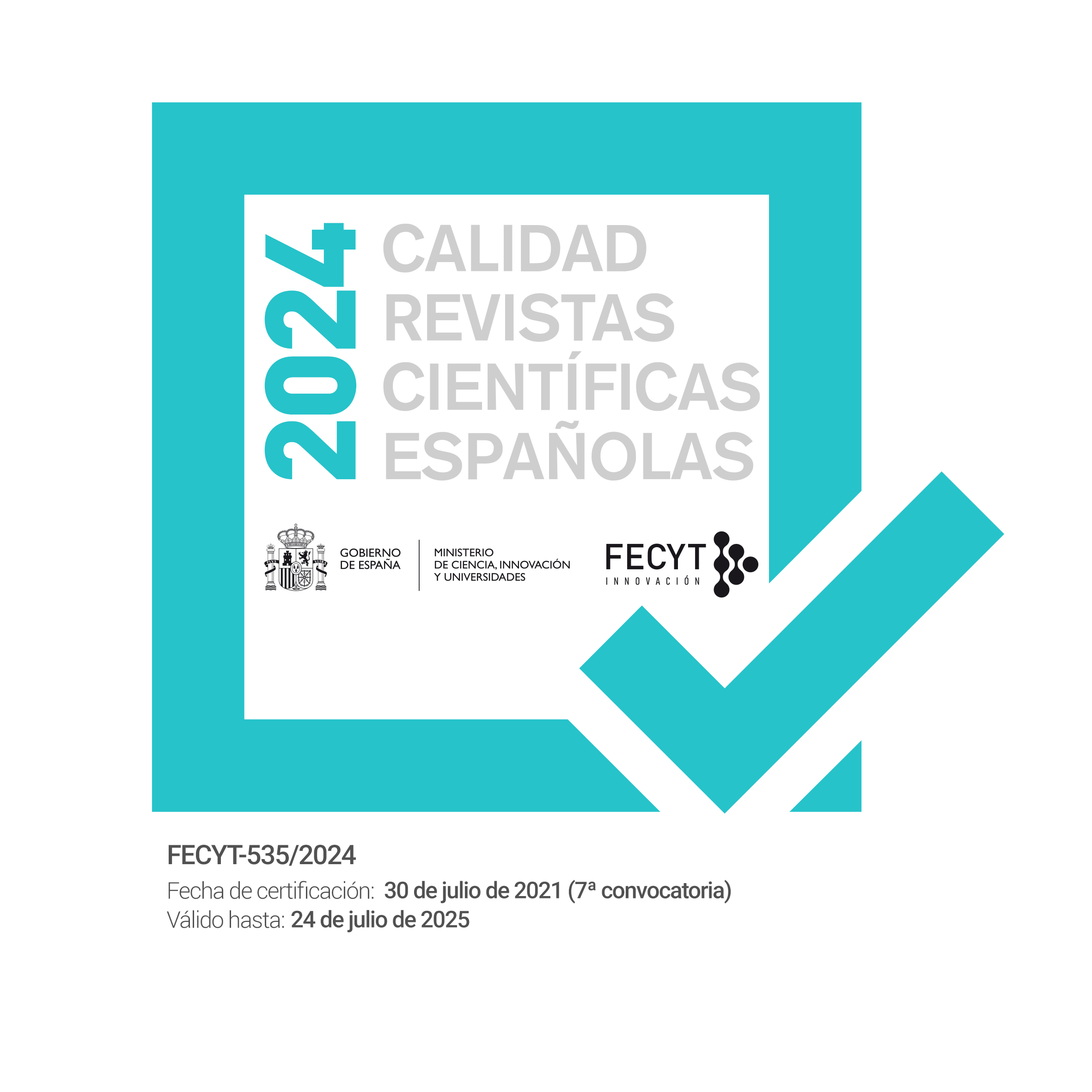Employing Strategic Thinking in South American Microfinance Institutions
DOI:
https://doi.org/10.26754/ojs_ried/ijds.103Keywords:
strategy, microfinance, social driven, AnsoffAbstract
The article is about the use of strategic thinking in microfinance in South America. Microfinance is an important business in South America today, its importance lies in its ability to transform poor people and informal enterprises into citizens and formal companies making human beings grow as individuals at the same time. The sector is very strong in the region despite its youth and maybe it's time to use the ideas of business strategy developed for traditional businesses.
The goal of this paper is then to use the ideas of business strategy in microfinance. A classic strategy scheme called the Ansoff matrix is used for this. It proposes two axes (product and market) as possible ways for developing a business.
The work includes the theoretical development of this scheme and evaluations from experts interviewed to give their opinion on it, evaluations that make the idea richer while pointing the possible weaknesses of the model.
CITE AS:
Concari, G. (2014). El empleo del pensamiento estratégico en Instituciones Microfinancieras Sudamericanas. Iberoamerican Journal of Development Studies, 3 (1): 4-30
Downloads
References
ALBRECHT K, ZEMKE R (1985): Service America. Dow Jones Irwin
ANSOFF I (1968): Corporate Strategy. Penguin Books. Ed. original: Mc Graw Hill 1965, USA
ANSOFF I (1988): The new corporate strategy. Wiley 1988 (updated edition), 1st. ed. Mc Graw Hill 1965
ARMENDÁRIZ B, SZAFARZ A (2009): Microfinance Mission drift CEB. Working Paper 09/015 April 2009. Centre Emile Bernheim, Université Libre de Bruxelles
BOURGEOIS LJ (1997): Strategic Management: From Concept to Implementation. Dryden Press
CURAT P, LUPANO J, GINESTE L (2007): Microfinanzas en Argentina y en América Latina: Regulaciones, Instituciones y Políticas Públicas. ANDARES, Fundación para el De- sarrollo de las Microfinanzas
D’ESPALLIER B, GUÉRIN I, MERSLAND R (2009): Women and repayment in microfinan- ce. Working paper, march
EIU, ECONOMIST INTELLIGENCE UNIT (2012): Global Report on the Microfinance Business Environment. Economist Intelligence Unit Limited
FERNANDO N (2003): MiBanco, profitable microfinance outreach, with lessons for Asia. Asian Development Bank, July
FIRESTONE WA (1987): Meaning in method, the rethoric of quantitative and qualitative research. Educational Researcher
GONZÁLEZ VEGA C, SCHREINER M, MEYER R, NAVAJAS S (1996): Bancosol, The Cha- llenge of growth in microfinance organizations. Occasional paper 2332, Economics and Sociology, May. Rural Finance Program, Ohio State University
GONZÁLEZ VEGA C, QUIRÓZ R (2007): Strategic Alliances for Scale and Scope econo- mies, lessons from FADES in Bolivia. Latin America, FADES, Bolivia, July
GREENE JC, CARACELLI VJ, GRAHAM WF (1989): Towards a conceptual framework for mixed method evaluation design. Educational Evaluation and Policy analysis
GUTIÉRREZ NIETO B, SERRANO-CINCA C, MAR-MOLINERO C (2009): Social efficiency in microfinance Institutions. Journal of the Operations Research Society
KOREEN M (1999): Banco Solidario: A new model for Microfinance? Extractado de www.microfinancegateway.org, april, visitado en octubre de 2011
LARRAÍN C (2007): Banco Estado Microcréditos, lecciones de un modelo exitoso. Serie Financiamiento al Desarrollo 195, CEPAL
LEDGERWOOD J (1999): Microfinance Handbook. An Institutional and Financial Pers- pective. The World Bank
LEDGERWOOD J (2013): The New Microfinance Handbook. A financial market system perpective. The World Bank
LENSINK R, MERSLAND R (2009): Microfinance Plus. Cermi, First European Research conference on Microfinance, 2-4 june
MARR A, TUBARO P (2012): Relaciones Microfinancieras Globales en Microfinanzas: In- dia, Perú y Tanzania. Revista Iberoamericana de Estudios de Desarrollo 1(1)
MC CARTER E (2002): Mergers in Microfinance: Twelve case studies. A companion re- source for Tying the knot: a Guide to Mergers in microfinance Catholic Relief Servi- ces. Microfinance Unit
MILES M, HUBERMAN AM (1994): Qualitative Data Analysis. An expanded source book, 2.º ed., Sage Publications
MINTZBERG H, AHLSTRAND B, LAMPEL J (2005): Strategy Safari. Free Press, paper- back, 1.º ed., 1998
MORDUCH J (2000): The microfinance Schism World Development (28)4
PADHI B (2004): Mainstreaming microfinance, bridging the NGO-Banker divide. Global Development Research Center, 11/11/2004
PAXTON J (1999): Colombia, Banco, Caja Social. World Bank. Case Studies in Microfi- nance, March
ROSSMAN GB, WILSON BL (1984): Numbers and words, combining quantitative and qualitative methods in a single large scale evaluation method. Evaluation Review
ROSSMAN GB, WILSON BL (1991): Numbers and words, revisited, being shamelessly eclectic. Evaluation Review 1991
SCHROEDER R (1992): Administración de operaciones. Mc Graw Hill, 3.º ed. en español
SEIBEL HD (1997): Upgrading, Downgrading, Linking, Innovating. Microfinance Develop- ment Strategies. A Systems Perspective. University of Cologne Development Re- search Center (1997)6
UNCETA SATRÚSTEGUI K, MARTÍNEZ HERRERO MJ, ZABALA ERRAZTI I (2012): Nueva York, Monterrey y París: tres lógicas contradictorias para enfrentar los retos del de- sarrollo en la primera década del siglo. Revista Iberoamericana de Estudios de Desarrollo 1(2)
VON STAUFFEMBERG D, PÉREZ FERNÁNDEZ MJ (2005): Informe sobre el estado de las microfinanzas en América Latina. Gondo
WOLLER GM, DUNFORD C, WOODWORTH W (1999): Where to Microfinance. Internatio- nal Journal of Economic Development
Downloads
Published
How to Cite
Issue
Section
License
Copyright (c) 2014 Gustavo Concari

This work is licensed under a Creative Commons Attribution-NonCommercial-NoDerivatives 4.0 International License.








